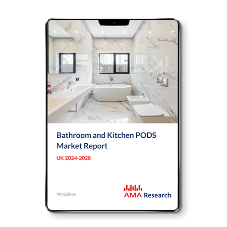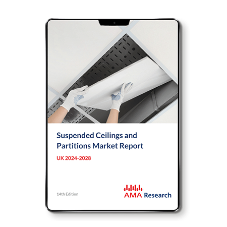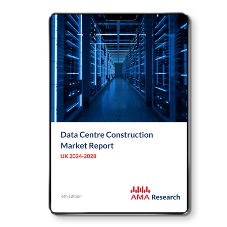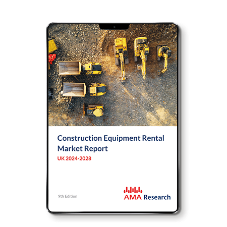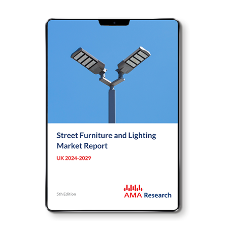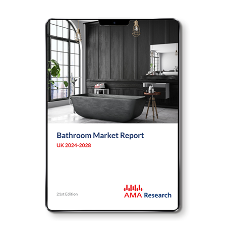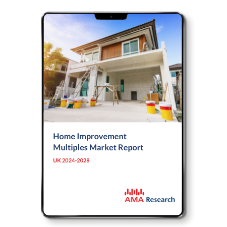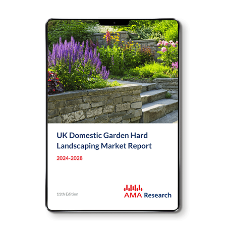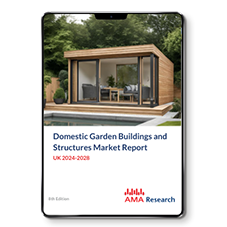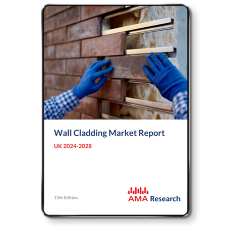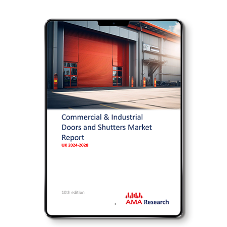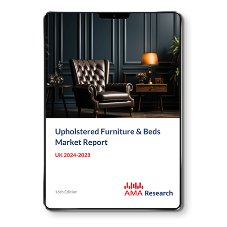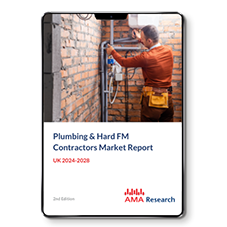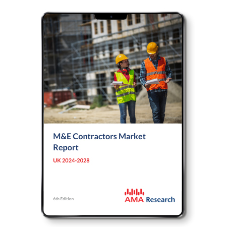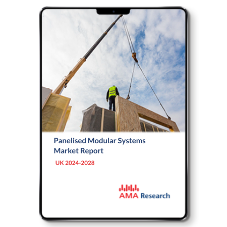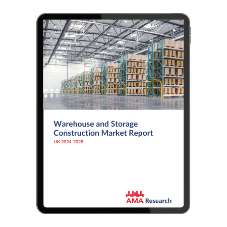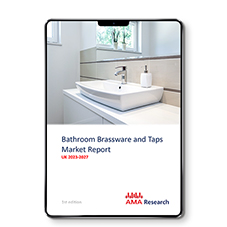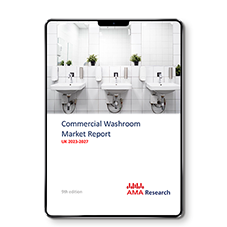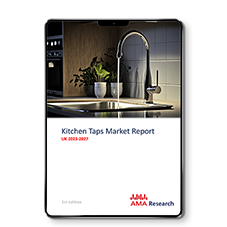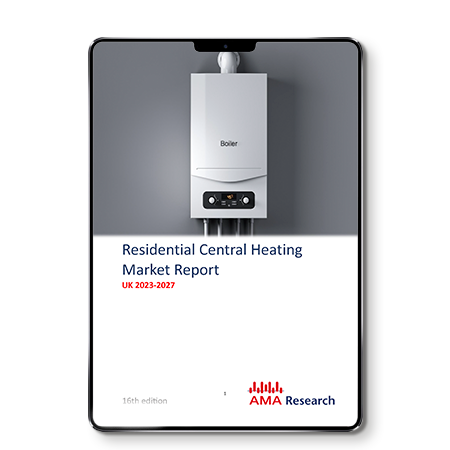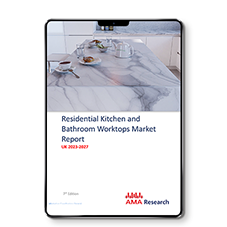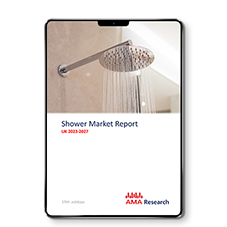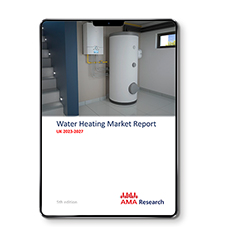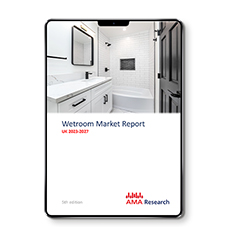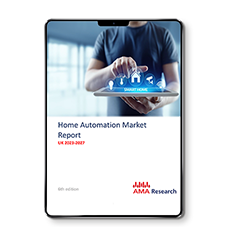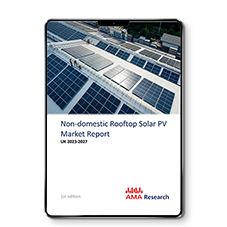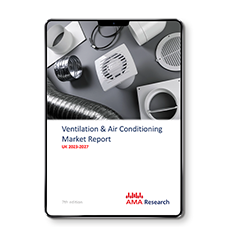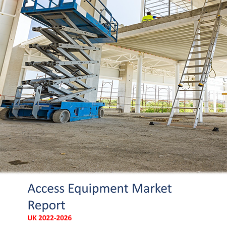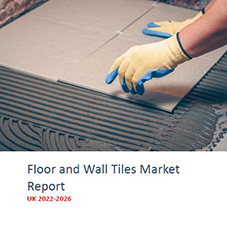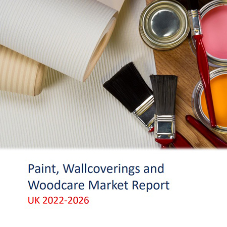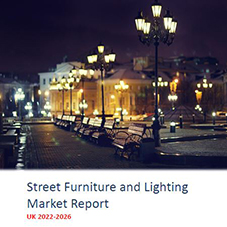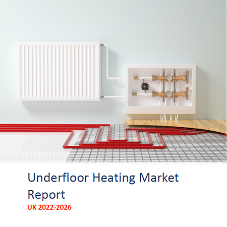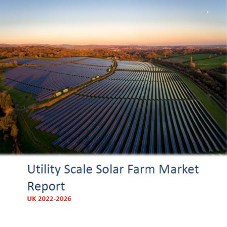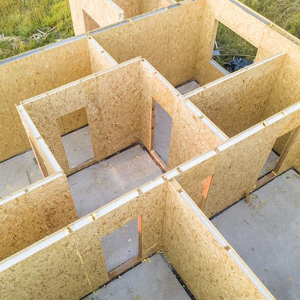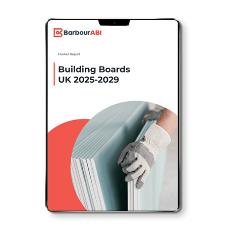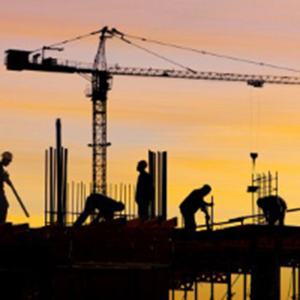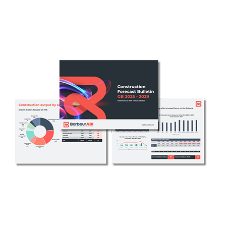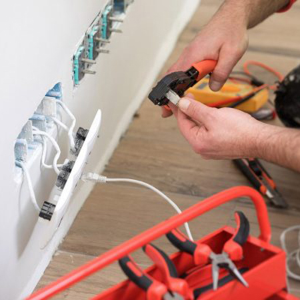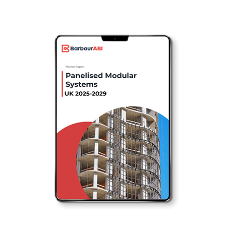Key Issues Covered in the Report
- Factors underpinning growth in RMI expenditure among social housing providers and contractors’ output:- increased spending on fire safety
- Early stages of decarbonising social housing
- Impact of Covid-19 on RMI activity
- Impact of exiting EU on social housing funding
- Impact of reversal of 1% cut on social housing rents
- The Social Housing White Paper
- Shortages in skilled trades and building materials
RMI Contractor’s output down due to Covid-19 pandemic
RMI contractors’ output in 2020 fell due to the impact of the Covid-19 pandemic. While most social housing providers have been able to maintain essential responsive repair services, the provision of planned maintenance has been impacted.
Capitalised RMI expenditure for the year was £1.6bn, against a £2.4bn forecast for the year as of January 2020. This was because of lockdown restrictions and social distancing measures, limiting the ability of workers to carry out planned maintenance works.
Between 2000 and 2018, the level of social housing RMI contractors’ output had been on a downward trajectory. In 1997, £9.3bn of RMI work was carried out on five and a half million social homes but by 2010 there were less than four million. A key reason for the year-on-year decrease in output between 2016 and 2020 was the annual 1% cut in rents brought about by the government in 2016, which lead to falls in rental income and hence less to invest in property.
Lockdowns, and other measures to limit the spread of the virus, have resulted in much RMI work being suspended due to the risk of maintenance staff being in close contact with people in their homes. While most landlords have been able to maintain emergency repair services, planned maintenance/improvement works have had to be suspended. Over the next year or two growth is expected to resume, mainly underpinned by ongoing fire remediation works. Over the next couple of decades, decarbonising social housing stock is expected to be the key growth driver.
Download the Social Housing Report here.
5 Key Facts
1. Since 2015, social housing RMI contractors’ output had been on a downward trend. In 2018 and 2019 this was reversed, due high levels of expenditure on removing unsafe cladding and implementing fire safety measures in the wake of the Hackitt Review.
2. In 2020, the impact of lockdowns and other restrictions during the pandemic, is estimated to have driven down output from £7.6bn to £6.7bn.
3. Over the next year or two growth is expected to resume, mainly underpinned by ongoing fire remediation works. Over the next couple of decades, decarbonising social housing stock is expected to be the key growth driver. However, the costs of fire remediation works has, for now, forced many housing providers to delay decarbonisation programmes.
4. Over the next few years, the UK’s withdrawal from the EU will possibly result in a fall in investment in social housing development and RMI, mainly because UK providers will no longer be able to access low-interest funding from the European Investment Bank.
5. Over the longer term much will depend on the implementation of plans laid out in the Social Housing White Paper, published in November 2020.





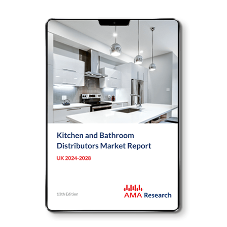
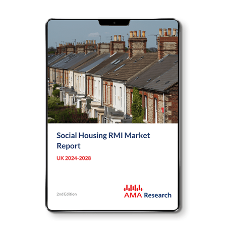
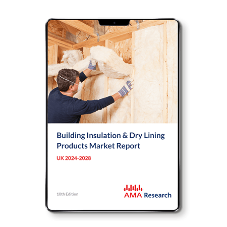


.png)


